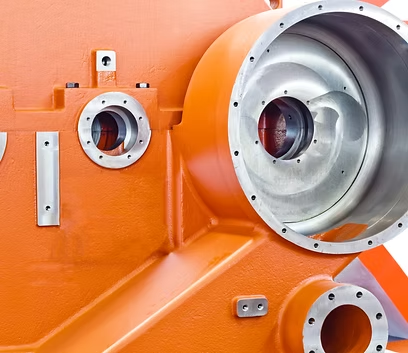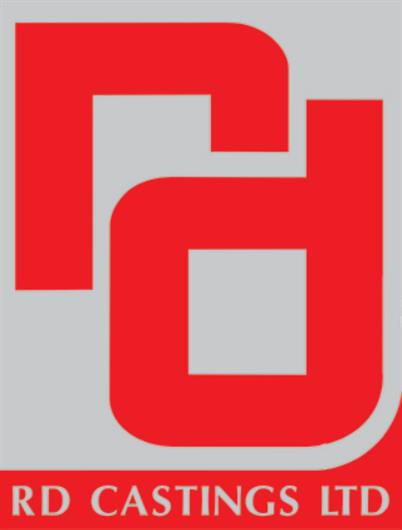About Us
Established in 1976 and based in Bury St Edmunds, R D Castings Ltd has become one of the UK’s go-to specialists for precision aluminium and zinc die casting.
From day one, our mission has been simple: to offer high-quality, reliable cast components that meet the exacting demands of industry — whether for prototyping, small-batch runs or full production.
What Sets Us Apart
-
Nearly 50 years of experience means we know the ins and outs of die casting — we’ve refined our craft to deliver durable, accurate components time after time.
-
We’re equipped for modern manufacturing: high‐pressure die casting machines, automated cells for aluminium & zinc, CNC machining, finishing and prototyping — everything to take a concept through to production.
-
Quality and safety matter. Our systems are certified and built around traceability and rigorous inspection so you can trust the results.
-
We serve a wide range of industries across the UK — from automotive and consumer goods to aerospace and beyond — meaning we understand many different production requirements.
Our Promise to You
When you work with R D Castings, you get more than just castings: you get a partner who listens, understands your needs and delivers practical solutions — whether it’s a one-off prototype or a large-scale production run. We aim to make your manufacturing journey smoother, quicker and more cost-effective.



